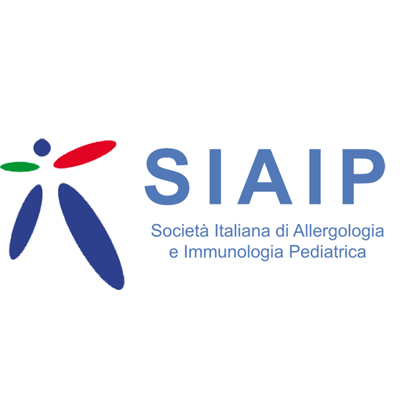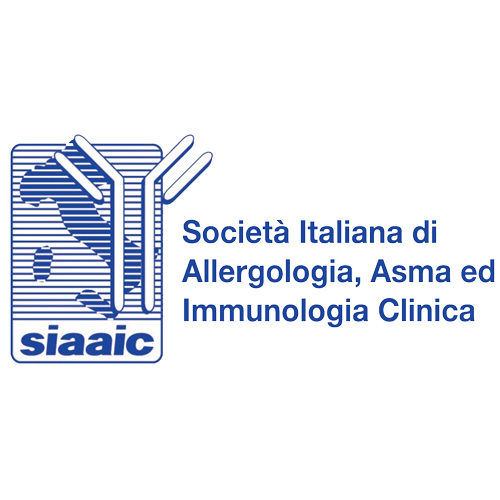
by cristiano | Oct 17, 2018
The diagnosis of acute urticaria is basically clinical and infections (in particular viral infections) account the far most common cause during childhood. Testing patients for allergies is indicated only when there is a close temporal relationship between food...

by cristiano | Oct 17, 2018
A history of allergies or mild allergic reactions are not contraindications to vaccination. Local and mild systemic reactions (redness of the injection site and/or fever) after vaccination reactions are common and do not contraindicate the administration of doses of...

by cristiano | Oct 17, 2018
The finding of a positive allergometric test for an allergen whose exposure is not related to any typical allergic symptom is uniquely indicative of an immunological sensitization.Therefore, there is no indication to treat patients only sensitized to allergens or...

by cristiano | Oct 17, 2018
Cutaneous allergometric tests, if possible, should be preferred and considered as the first diagnostic level in case of patients with clinical history of suspect allergic reactions, as they are more rapid, less invasive and cheaper than serological tests. Exceptions...

by cristiano | Oct 17, 2018
Several methods are constantly proposed to diagnose the so-called “food intolerance”; these procedures includes VEGA-test, Cytotoxic test, serum specific IgG4 dosage, hair analysis and “bioresonance” techniques. None of these procedure has sufficient scientific...








Recent Comments